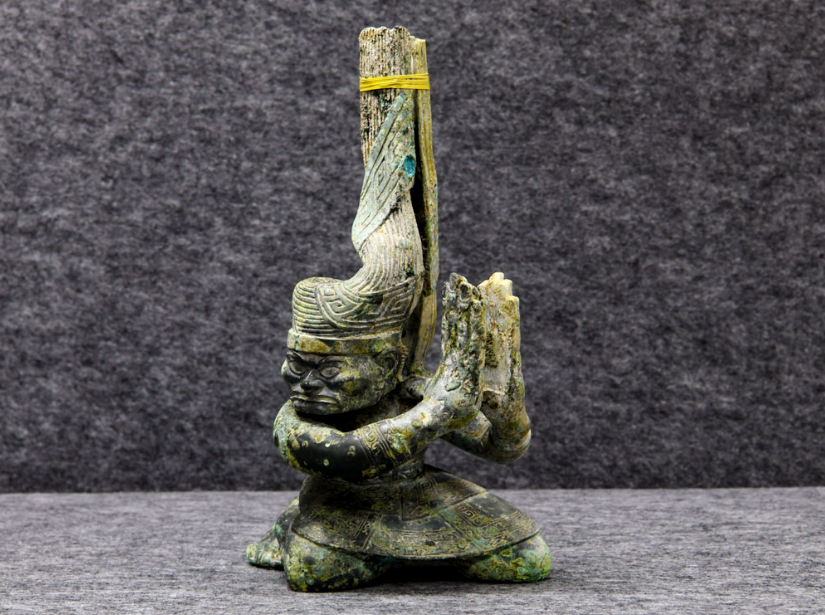Read through domestic media coverage of Chinese archaeology, and you may be struck by the emphasis put not just on unearthed relics, but the new technologies used to find and identify them. In the media blitz to publicize this year’s Sanxingdui excavations, for instance, television cameras lingered on high-tech, climate-controlled cabins, the “Mission Impossible”-style platforms that allowed archaeologists to reach deeper without disturbing the soil, and the advanced lab equipment that promises to finally shed light on the site’s mysterious artifacts.
Technology and the natural sciences have always played a role in archaeological practice. As early as the 1920s, when Chinese archaeologists were conducting the country’s first excavations, chemist Wang Jin performed chemical analyses on Han Dynasty coins to learn more about ancient Chinese metallurgical technologies. The country built its first carbon-14 dating lab in 1965.
For the article, please see: https://www.sixthtone.com/news/1009253

